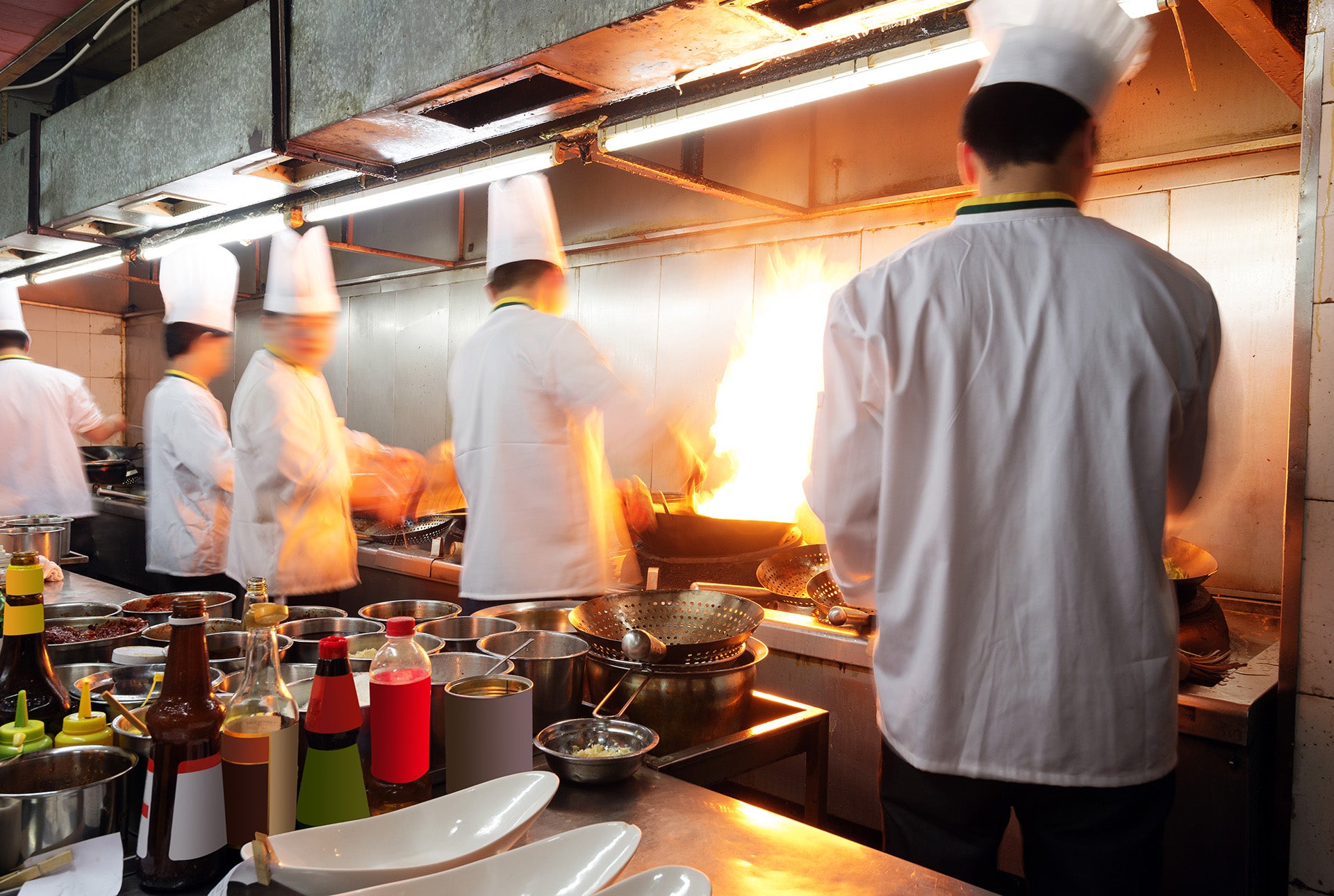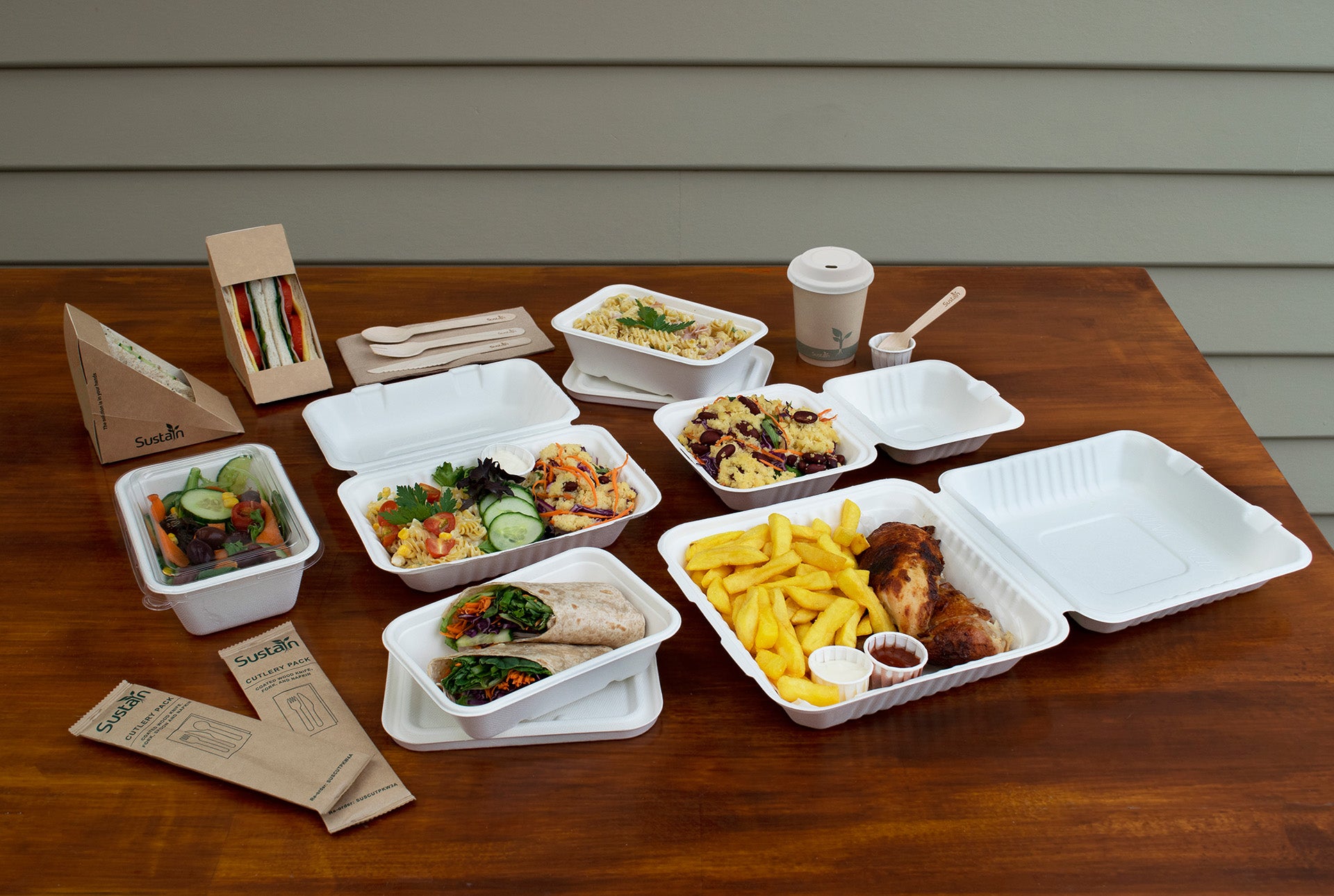When it comes to food, there's nothing more important than flavour. From sweet to salty and spicy to savoury, there are a variety of different combinations that can easily enhance the flavours of a simple cut of meat. But, how do you know which combinations will work best?
A good seasoning is like a good orchestra: using a variety of instruments (re: ingredients) it plays the different notes (re: flavours) in perfect harmony i.e. enhances the flavours of your food product in a balanced way.
Understanding how different flavours and seasonings interact with each other is how you can elevate a simple cut of meat to a mouth-watering meal.
Sugar
A common additive to meat seasonings and stuffing, sugar is what's known as a flavour enhancer; an additive that intensifies or improves the flavours of different foods. The use of sugar in seasoning mixes will do more than just enhance flavour - it can also help with the browning of meat, crust formation when grilling, frying or baking and balance out any natural bitterness and acidity in your meat. So, how does it do this?
When sugar is cooked it experiences what's known as 'The Maillard Reaction', which describes the transformation of proteins, amino acids and sugars into new compounds that are rich and loaded with flavour. The Maillard Reaction is the reason why you can find more flavour in the crust of a roast beef than the meat found closer to the centre.
Savoury
The balance of sweet and savoury is a key part of any cooking, but most recognisable in some of our favourite dessert pairings like salted caramel or chocolate covered pretzels. However, the balance of sweet and savoury is just as important when it comes to flavouring meat with seasonings or stuffing mix.
Savoury flavours come from amino acids called glutamates, green herbs, some spices, garlic and various other flavourings and, when used in contrast to meat products, can create an undeniably delicious flavour. Think cranberry sauce and roasted turkey or chicken skewers and satay sauce.
Finding that perfect balance between sweet and savoury flavours is a simple way to bring out the best flavours in any food.
Herbs & Spices
Herbs and spices are a well-known way to increase the flavour profile of any dish, but it's important to remember that not all herbs and spices work on all foods. Identifying which herbs and spices work best with which meat is vital, but even the most basic spice rack will hold a variety of different flavour combinations that can be used to create new and delicious flavours. Think basil and black pepper for beef or rosemary and cumin for chicken.
Using these flavour combinations in just the right way is an easy way to create simple seasonings, chicken stuffing or food mix.
Smoke
Known as the heart and soul of barbecue, 'smoke' is used to describe the complex flavour profile that's created after barbecuing a cut of meat. The different smoky flavours that come out when meat is barbecued is often mimicked by products such as double smoke seasoning or liquid smoke and can be described by three of the most important elements of cooking:
- Taste
What we generally recognise as 'taste' is actually a mix of several sensations we experience when eating. However, one of the strongest sensations occurs because of what's known as the Molecular Basis of Taste.
Specifically the experience of when flavour first hits the apical tip of taste cells that form our taste buds (think of when you take that first bite of steak), the Molecular Basis of Taste is how we traditionally decide whether food is good or not and is also the reason we experience what we call an explosion of flavour.
- Smell
We've all gotten home from a long day at work or taken that first step into a busy restaurant and smelled that first waft of a delicious meal being cooked in the kitchen.
Smell is one of the most important aspects of developed a strong flavour and happens when substances in the air - often caused by the grilling of seasoned meat or the baking of chicken stuffing - stimulate the olfactory nerves in our nose. Between 75% and 95% of what we think of as taste is actually the direct result of stimulation of the olfactory receptors in our nose.
- Physical Stimulation
Referring to the texture, sound (think crunch), appearance and pain that occurs when eating – like the strong flavours from spice mixes and seasonings – physical stimulation is the final element that underpins the flavour of food.
It can make spicy food even spicier (a chicken wing taken freshly off the barbecue covered in chili will feel hotter on your tongue than if it was room-temperature) or ruin a meal all together (dry meat isn't delicious to anyone).
The three elements of cooking work together with seasonings and food mixes to create new flavours for your customers - even with the same cuts of meet. If you're a chef or own a small cafe, restaurant or takeaway food shop, seasoning is a simple way to enhance flavours and expand product ranges.
Discover our wide range of quality food ingredients that feature strong, smoky and savoury notes and can be used as a tasty sprinkle of seasoning on top of steak or included in your next honey and macadamia stuffing mix.
Find Our Range of Food Seasoning Here
Authored by Stephanie Bennett.




